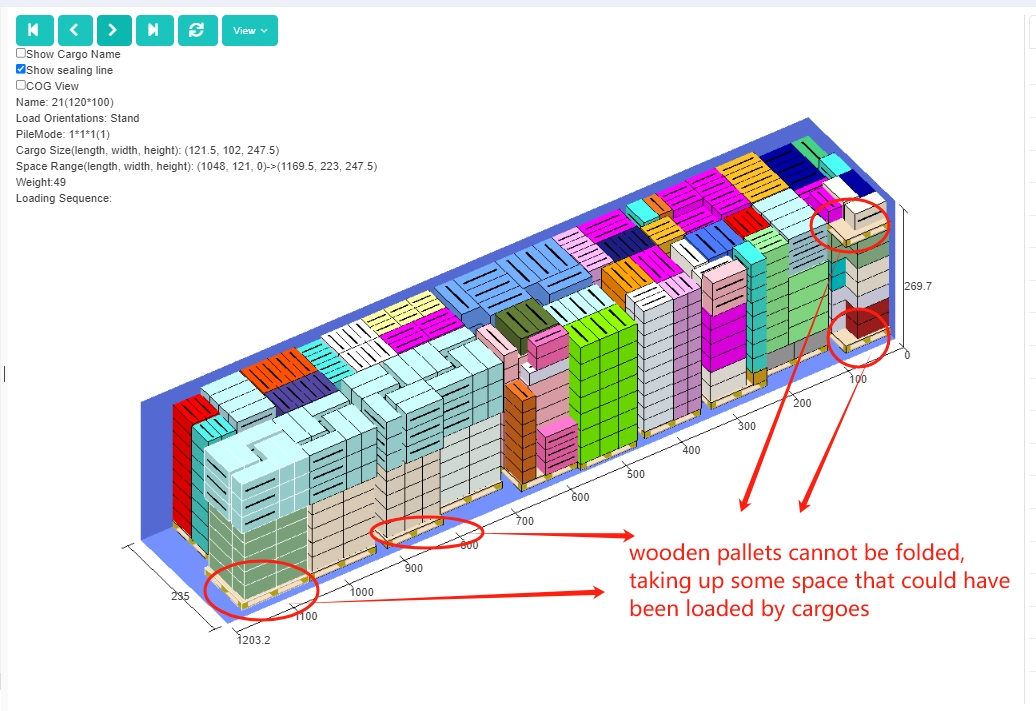Due to complicated red sea crisis these days which is like a butterfly flapping its wings, all aspects have been affected especially FAK rates.
According to the Loadstar, “a shipper contact, importing bulk commodities into the UK from China, told The Loadstar yesterday carriers were refusing to accept his heavy boxes, although he said one line had quoted him $3,000 for each 20ft. ‘I was only paying $435 per 20ft a month ago,’ he said, ‘I have no hair left!’
https://theloadstar.com/carriers-are-price-gouging-claim-shippers-as-fak-rates-skyrocket/
And according to several big shippers such as Maersk, MSC, CMA CGM, and Hapag-Lloyd, the January quotations have doubled compared to those at the end of December, including the additional fee such as TDS, PSS, RSC, EOS,and OCR.

https://finance.sina.cn/2023-12-24/detail-imzzatzx1834839.d.html?source=hfquote
Furthermore, for vessels still traversing the Red Sea, they also require purchasing more expensive insurance. It is understood that the insurance market estimates related war risk rates have increased from 0.07% to 0.1% to 0.2%. The rise in various costs like time, fuel, and insurance is bound to result in increased freight charges. According to Sina Finance, the preliminary communication with shipping companies indicates that the freight rates for mid-January in 2024 on the European route have surged from $1,500 per container to $3,500 per container.
(https://finance.sina.cn/2023-12-24/detail-imzzatzx1834839.d.html?source=hfquote)
Additionally, the world’s largest shipping company MSC announced an increase in freight rates for its Mediterranean routes to $5,000 per container effective from January 1, 2024. Industry experts view this as a strong indicator of the market’s anticipation for significant increases in shipping costs. Some industry analysis firms, such as Xeneta, even suggest that prices on the Asia-Europe route could surge by as much as 100%.
While freight prices are on the rise, energy prices are also increasing.
Under such circumstances of a general inflation, is that possible to still save some shipping costs?
The answer is, yes, maybe you can try push-pull slip sheets. Paper slip sheets are thin sheets made of Kraftliner paper that come in a variety of shapes and sizes to fit a range of needs. Similar to a wooden pallet, they are placed underneath a load of cargo and are used to push or pull the load on and off of the forklift’s forks or platens.
(https://hlcvn.vn/en/scope-of-business/impact-handling/paper-slip-sheet)
Compared to wooden pallets, slip sheets are thinner and take up way less space. More importantly, their edges and corners are foldable, which can save more space to load cargoes.

https://hlcvn.vn/en/scope-of-business/impact-handling/paper-slip-sheet
In LoadMaster load planning optimization software, after filling in the size of slip sheets, you only need to check “Is slip sheet” and then the software will fold them when necessary while calculating load plans.

According to TPV (AOC’s parent company), after replacing wooden pallets with push-pull slip sheets and with the help of LoadMaster load planning optimization software, the container loading rate has improved from 60% to 92%, 93%, a magnificent increase of over 30%, saving tens of millions of shipping costs each year.


Do you want to save shipping costs under the circumstance of FAK rate increasing? Why not try push-pull slip sheets and give LoadMaster load planning optimization software a chance to help you?
A piece of breaking news: LoadMaster load planning optimization software is gonna launch a free version with basic functions very soon! Subscribe to us to be the first ones to try!
You can follow us on the following platforms to get the free version link and get latest news:
Mail: sales@zhuangxiang.com
Blog: http://blog.loadmaster.biz
Twitter: https://twitter.com/LoadMas83325827
Facebook: https://www.facebook.com/LoadMaster19/
Youtube: http://www.youtube.com/@Loadmastercontainer